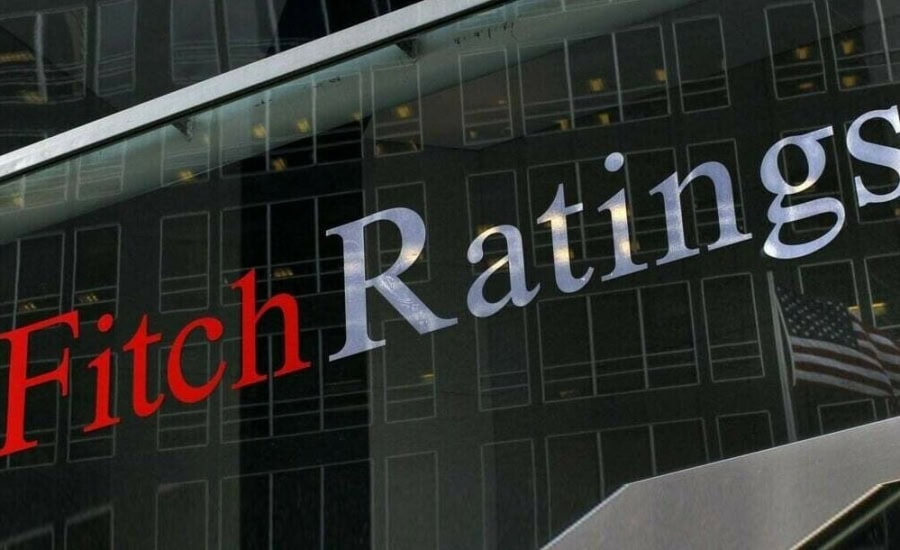ISLAMABAD – Leading credit rating agency Fitch cut Pakistan’s issuer default rating on Tuesday by a notch to ‘CCC-’ from ‘CCC+’, citing worsening in liquidity, policy risks, under-pressure reserves, and several other factors.
The new rating comes nearly four months after the agency revised down the ranking to ‘CCC+’ from ‘B- while downgrading the country’s outlook from ‘stable’ to ‘negative’.
As catastrophic floods in South Asian nation hampered economic growth, the recent crisis has further hit the country’s economy, already in hot waters, with the sharp depreciation of the local currency and foreign exchange reserves nosedived to record low.
The agency also flagged huge refinancing risks, declining current account deficit, and stringent IMF conditions as the reasons behind downgrading, opening restructuring cannot be fully excluded.
In a statement, it said, “Pakistan’s reserves likely to remain at low levels, though we do forecast a modest recovery during the remainder of FY23, due to anticipated inflows and the recent removal of the exchange rate cap”.
The agency hinted at the successful conclusion of the ninth review of Pakistan’s IMF programme and added “Liquid net forex reserves of the State Bank of Pakistan were about $2.9 billion on 3 February 2023, or less than three weeks of imports, down from a peak of more than $20 billion at end-August 2021.”
Fitch maintained that Pakistan’s current account deficit (CAD) was $3.7 billion in 2H22, down from $9 billion in 2H21, saying reported backlogs of unpaid imports in Pakistan’s ports indicate that the CAD could increase once more funding becomes available.
“Nevertheless, exchange-rate depreciation could limit the rise, as the authorities intend for imports to be financed through banks, without recourse to official reserves. Remittance inflows could also recover after they were partly switched to unofficial channels in 4Q22 to benefit from more favourable exchange rates in the parallel market,” the statement further reads.










